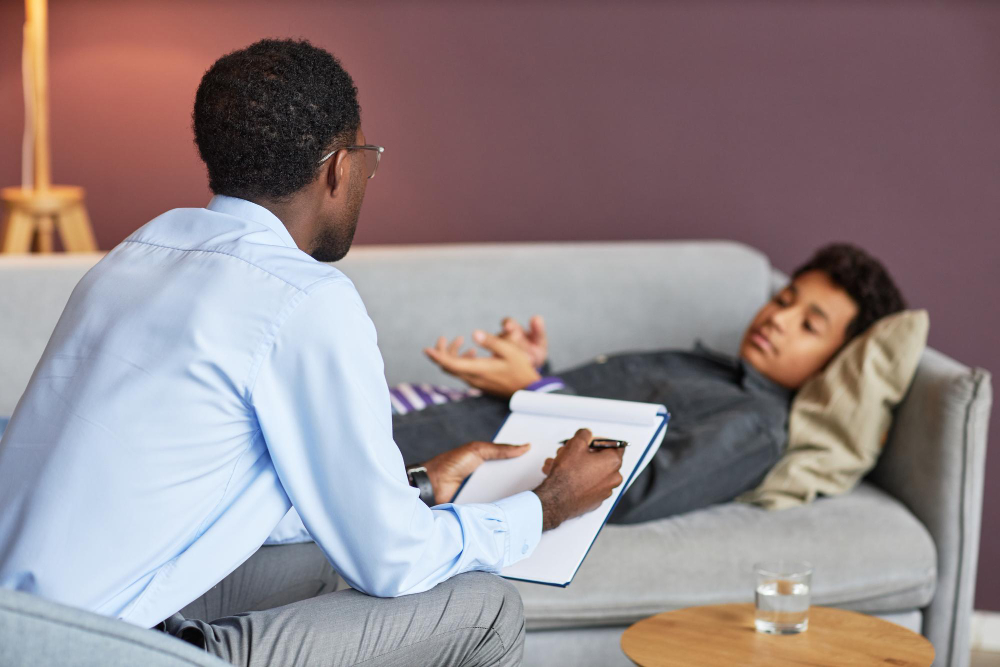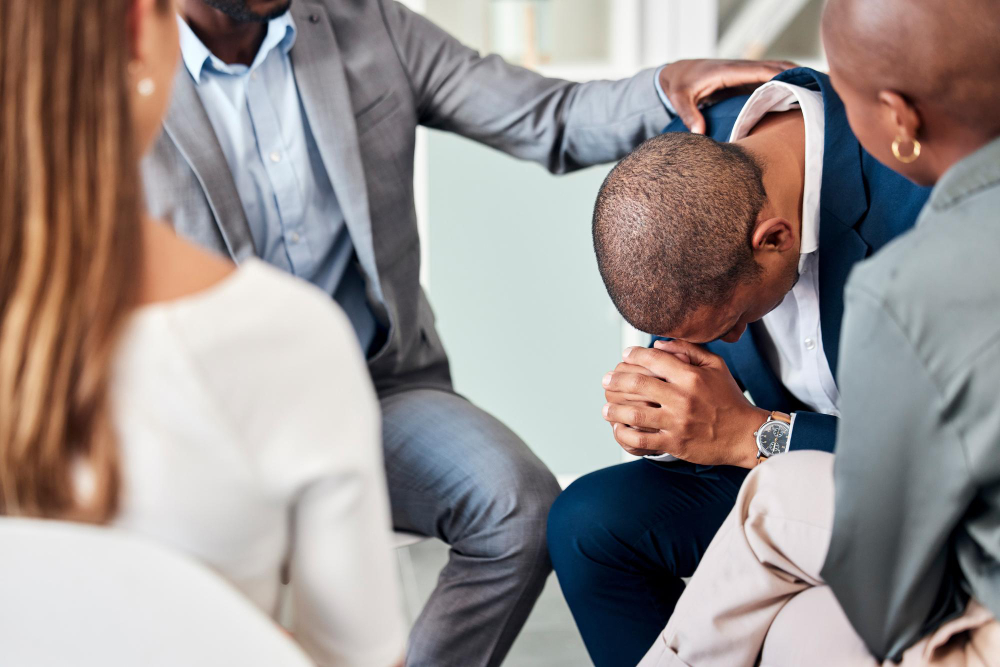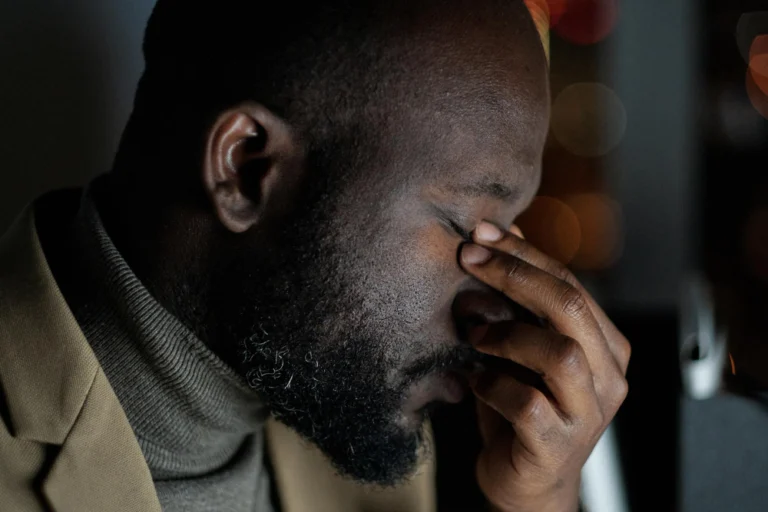Overcoming Trauma: Lifestyle Adjustments for Managing PTSD

Welcome to your path to recovery with GloFusion. Here, we’ll dive into practical steps and lifestyle tweaks to help you handle PTSD, giving you the tools to restore tranquility and regain control of your life. Whether you’re here to learn more about PTSD, establish a consistent daily routine, or find support in community connections, this guide marks the beginning of your transformation. Remember, every move you make with GloFusion is a stride towards taking back your life.
Page Contents
1. Understanding PTSD and Its Impact
- Educate yourself: Learn about PTSD symptoms and effects.
- Identify triggers: Notice what situations or thoughts trigger your stress.
- Seek professional help: A therapist can provide guidance tailored to your needs.
- Talk about it: Sharing your feelings can lighten your emotional load.
2. Establishing a Routine
- Regular sleep schedule: Aim for consistent sleep and wake times.
- Healthy meals: Eat balanced meals at regular intervals.
- Daily exercise: Include physical activity to improve mood and reduce anxiety.
- Time for relaxation: Set aside time each day for activities that calm you.
3. Cultivating Healthy Relationships
- Set boundaries: Communicate your needs clearly in relationships.
- Seek understanding: Help loved ones learn about PTSD.
- Join a support group: Connect with others who share similar experiences.
- Choose positivity: Spend time with people who uplift and support you.

4. Physical Health as a Foundation
- Stay active: Engage in moderate exercise most days of the week.
- Eat nutritiously: Focus on a diet rich in vegetables, fruits, and whole grains.
- Limit stimulants: Reduce caffeine and sugar intake to help stabilize mood.
- Regular check-ups: Visit your healthcare provider regularly to maintain physical health.
5. Mindfulness and Relaxation Techniques
- Practice meditation: Spend a few minutes each day in meditation.
- Deep breathing exercises: Use breathing techniques to calm the mind.
- Progressive muscle relaxation: Learn to relax your muscles one group at a time.
- Engage in hobbies: Do things that keep you present and engaged.
6. Embracing New Experiences
- Try new hobbies: Explore interests that captivate your attention.
- Travel: Discover new places, even if they’re close to home.
- Learn a skill: Take up something like cooking, photography, or painting.
- Volunteer: Giving back can improve your mood and expand your social network.
By integrating these lifestyle changes, individuals living with PTSD can begin to reclaim their lives and pave the way for recovery. It’s about taking small steps each day to build a healthier, more resilient you. Remember, it’s okay to seek help and it’s okay to take your time. Healing is not a race it’s a journey.
rauma—it’s a term that might conjure up dramatic scenes from movies or the intense plots of novels…


